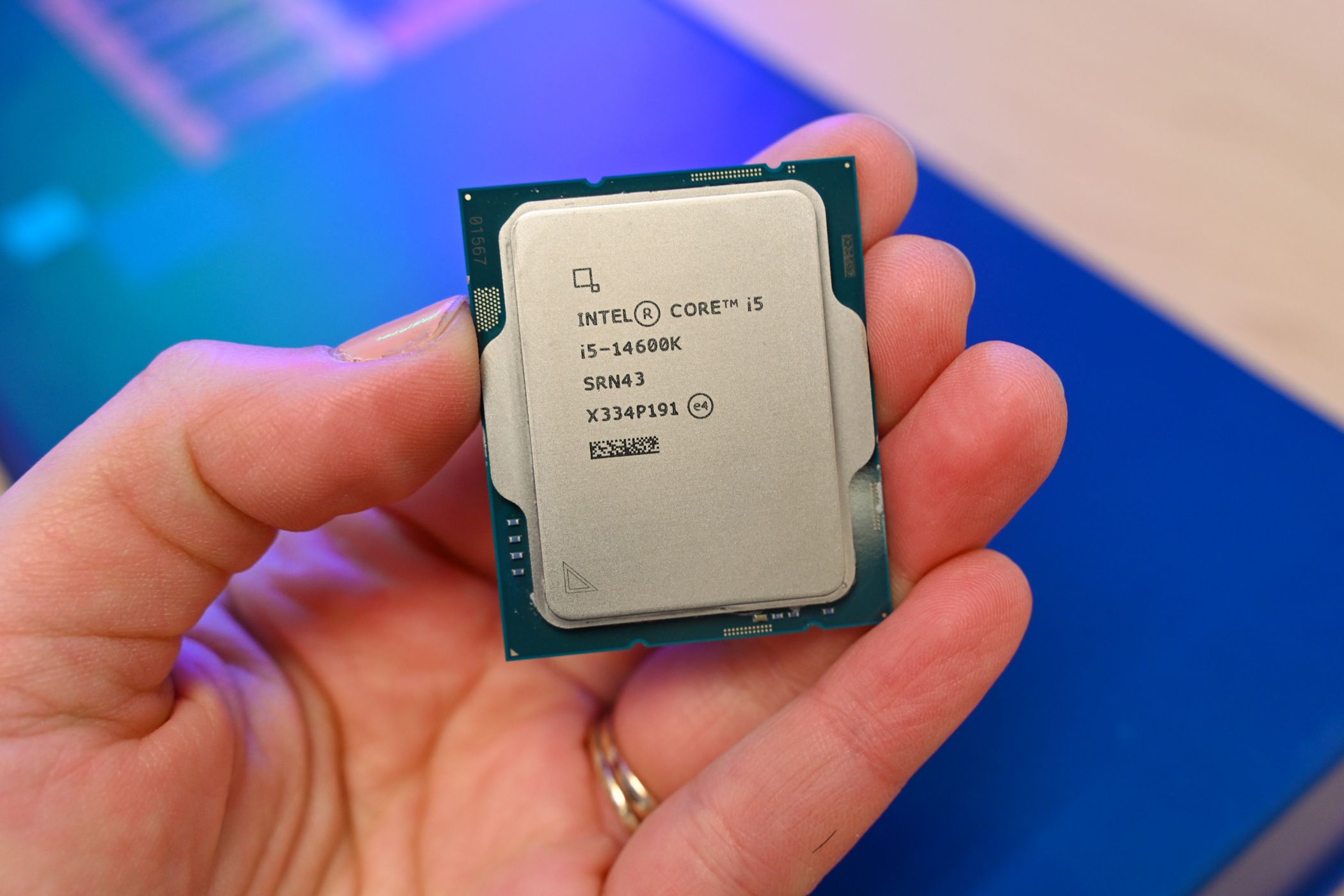
AMD came across a hack for greatly improved gaming performance—stack multiple layers of L3 cache for improved performance. It looks like we won’t be seeing an Intel equivalent of 3D V-Cache on consumer chips anytime soon, though.
Intel is set to challenge AMD’s 3D V-Cache technology in the data center market, but gamers hoping for a similar boost in their CPUs will be left waiting. While AMD has seen great success with its 3D V-Cache in gaming CPUs like the Ryzen 7 9800X3D, Intel’s current focus for its equivalent, at the moment, will be only for servers.
Intel confirmed its approach involves placing a large L3 cache on a separate tile, unlike AMD’s vertical stacking method. Although AMD initially faced cooling challenges with this technology, its latest iterations have proven to be performance powerhouses in terms of gaming, with the increased L3 cache translating into higher framerates and more stable performance—as long as the graphics card is up to the task. With a larger L3 cache, the CPU can store more information for easy access rather than having to constantly pull it from the RAM.
Florian Maislinger, Intel’s Tech Communications Manager, acknowledged the gaming potential of 3D V-Cache but highlighted its limitations in broader applications. Whether we will see an increased L3 cache in consumer chips in the near future it’s something we’re not really sure about. As we mentioned, Intel’s approach involves moving that larger L3 cache separately, which is something that’s easier on server chips because they’re physically bigger and go into larger sockets. To do this on a consumer chip, Intel might need to shuffle things around internally to fit the larger L3 cache if it’s going to stick with its current method, or just straight up copy AMD’s approach of vertical stacking.
Intel chips are still excellent for gaming, but without an alternative to 3D V-Cache, AMD probably has a huge competitive advantage.
Source: der8auer (YouTube) via ExtremeTech
Source link






